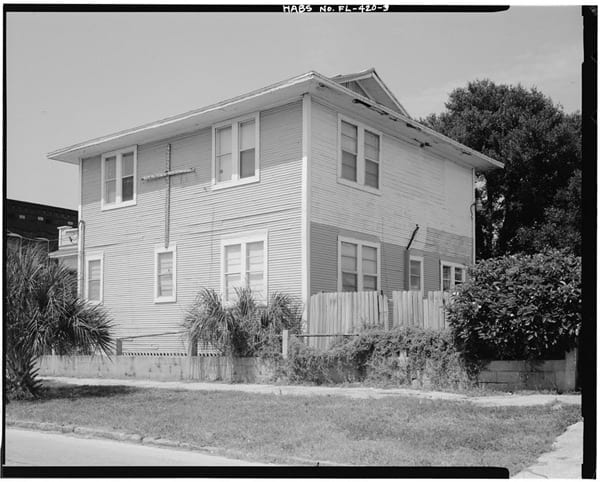
October 26, 2018; Tampa Bay Times
In the Tampa Bay region, “the gap between black and white home ownership is widening,” notes Susan Taylor Martin in the Tampa Bay Times. In 2007, 46.6 percent of Black families owned their homes in the region, compared to 77 percent of whites. Now, the rate of home ownership for Black residents is 32 percent, while the rate among whites remains over 70 percent.
“Everybody took a hit when the marked crashed but since the market rebounded, African Americans are the only race that has been declining,” says Travis Brooks, president of the National Association of Real Estate Brokers, a real estate trade group that was founded in 1947 to help Blacks become homeowners and fight against Jim Crow segregation.
The reasons for the ownership gap, Martin notes, “are many: tighter lending standards, redevelopment that is driving up prices, the lingering effects of Jim Crow laws that openly discriminated against Blacks.”
Jim Crow laws are gone, but discriminatory practices remain present. Martin notes that in his 20 years of real estate practice, he “has heard from many Black buyers who told him agents steered them away from white areas and toward predominantly Black ones.”
The 1968 Fair Housing Act, as Martin points out, made it illegal to refuse “to sell or rent a dwelling to any person because of his race, color, religion, or national origin.” But, as Martin explains, two practices in particular have maintained the gap—“steering,” which is guiding prospective buyers to or away from certain areas based on their race; and “redlining,” denying loans in certain areas, especially inner-city neighborhoods.
Sign up for our free newsletters
Subscribe to NPQ's newsletters to have our top stories delivered directly to your inbox.
By signing up, you agree to our privacy policy and terms of use, and to receive messages from NPQ and our partners.
Today, Blacks remain far more likely than whites to be rejected for conventional mortgages, according to an exposé published last February by Reveal, a project of the Center for Investigative Reporting. (A more detailed white paper, on which the article is based, is here). Martin notes that Reveal also found that banks, required by the Community Reinvestment Act (CRA) to lend more money in low- and moderate-income areas, often loans to white newcomers rather than long-time Black residents. As NPQ’s Rob Meiksins notes, there are many holes in CRA. The law passed in 1977 and the financial world has changed greatly since then. Banks, for instance, now originate only 43.9 percent of home loans; non-bank loans are not covered by CRA.
Lou Brown, a veteran Black realtor in St. Petersburg’s Midtown area, explains some of the dynamics of loan refusals. Brown recalls that even in cases where houses have drawn multiple offers, he’s seen banks often refuse to make the loans, claiming the houses aren’t worth as much as buyers have offered to pay. “I’m not suggesting you give a $150,000 mortgage on a property that’s worth $100,000,” Brown tells Martin, “but when you see (buyers) fighting over it, then to say it’s not going to appraise out, you’ve got to wonder, are they still redlining? Do we need some of our lending practices to change? Probably.”
Income disparities also help keep Black home ownership rates in Tampa low. In the Tampa region, Black households earn about $31,000 a year compared to $51,100 for whites. “We’re losing a lot of our affordable housing options, and with interest rates rising, we don’t have a lot of products out there for low-to-moderate income families,” says Brooks.
Then there are the matters that the Reveal article highlights, such as the use of credit scores, which are exempt from federal Fair Housing reporting requirements. “Lenders,” observe Aaron Glantz and Emmanuel Martinez in Reveal, “have deflected attempts to force them to report that data to the government, arguing it would not be useful in identifying discrimination.” Of course, without the data, it is hard to dispute this.
What can be said is, as one study written by Lisa Rice and Deidre Swesnick of the National Fair Housing Alliance puts it, “Our current credit-scoring systems have a disparate impact on people and communities of color.” Among their recommendations is transparency in how credit scores are used to evaluate loan applications, as well as modifications in how scores are calculated.
In August 2017, Republican Senator Tim Scott of South Carolina noted, when introducing a bill, that the “decades-old credit scoring model” currently used “does not take into account consumer data on rent, utility, and cell phone bill payments. This exclusion disproportionately hurts African-Americans, [Latinxs], and young people who are otherwise creditworthy.”—Steve Dubb













